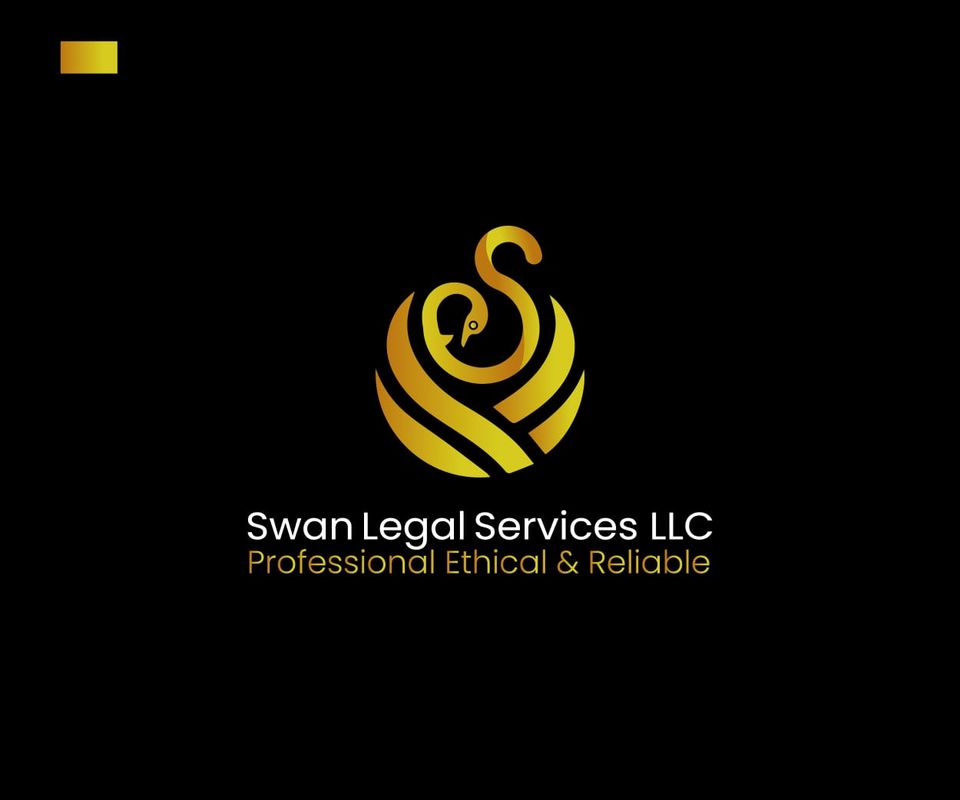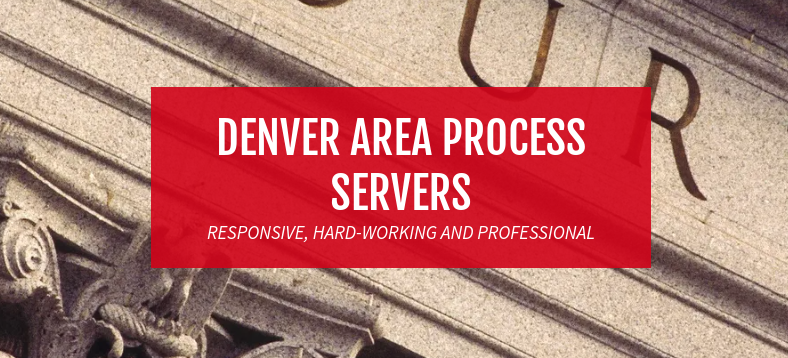 Eviction Process in North Dakota
Eviction Process in North Dakota
The Notice of Intention to Evict in North Dakota gives tenants 3 days to leave the rental unit or come back into compliance with the terms of the lease. This means a tenant could pay their overdue rent by the third day of the notice and cancel the eviction process. Landlords must present proof that this notice has been delivered before they can move to the next step. If the 3 day notice expires without compliance, then landlords must file a summons and complaint with their local court. Hearings about the matter occur in 15 days or less after the tenant has been served with the complaint and given a chance to answer. In some rural areas, the hearing may be held in as little as 3 days.
Chapter 47-32 of the North Dakota Century Code governs evictions in North Dakota. The most common reason to evict a tenant is failure to pay their rent. However, a tenant can be evicted for other material violations of a lease or rental agreement. Examples of a material violation are: unreasonable peace disturbances, illegal activity on the premises, unreported pets, too many occupants, or damage to the premises.
 DOWNLOAD FORMS YOU WILL NEED FOR THE EVICTION IN NORTH DAKOTA
DOWNLOAD FORMS YOU WILL NEED FOR THE EVICTION IN NORTH DAKOTA
North Dakota Landlord Tenant Eviction / Unlawful Detainer Forms Package
 The North Dakota Rental Agreement
The North Dakota Rental Agreement
North Dakota Residential Landlord Tenant Rental Lease Forms and Agreements Package
The eviction process in North Dakota is the same for both types of leases, but the periodic lease has one advantage: a no-cause eviction is allowed.
Landlords can terminate a periodic lease with one calendar month’s notice. Most eviction cases in the state involve the non-payment of rent. North Dakota also allows evictions to occur should a tenant be disturbing their neighbors unreasonably, violating other rules to which they’ve agreed in the lease, or when a lease has been terminated legally and the tenant refuses to leave. A reasonable suspicion of illegal conduct is also grounds to begin the eviction process.
Landlords Must Issue a Notice of Intention to Evict
The Notice of Intention to Evict in North Dakota gives tenants 3 days to leave the rental unit or come back into compliance with the terms of the lease. This means a tenant could pay their overdue rent by the third day of the notice and cancel the eviction process. Landlords must present proof that this notice has been delivered before they can move to the next step. If the 3 day notice expires without compliance, then landlords must file a summons and complaint with their local court. Hearings about the matter occur in 15 days or less after the tenant has been served with the complaint and given a chance to answer. In some rural areas, the hearing may be held in as little as 3 days.
Hearings Are Where the Answers Take Place
Instead of a back-and-forth answering session between both parties, North Dakota brings eviction cases directly before the judge. Both parties are required to appear at the hearing and present their case. Not appearing at the hearing will generally result in a default judgment for the other party. If a judge decides that a tenant has no legal reason for violating the rental agreement, they will order the tenant to immediately leave the rental unit.
Tenants who are not being evicted for disturbing the peace and can show that an immediate removal from the unit would cause a hardship may receive an extension of up to 5 days in most instances to follow the court order. If the tenant does not comply with the court order, then the judge will order the local Sheriff’s office to physically remove the tenants. Should this occur, the tenant will have any remaining personal property placed into storage. To receive access to their property, tenants must pay moving and storage costs, as well as a Sheriff’s fee.
The eviction process in North Dakota is rather simple and straightforward in most circumstances.
how to evict an unwanted guest without a lease. With college starting for another academic year, leases are being signed in abundance. Consider this a crash course in evictions. As always, if you need the assistance of an attorney to get this done.
The Lease
A lease agreement is any contract where one person (the Landlord) gives another person (the Tenant) temporary possession and use of real property. In exchange, the Tenant agrees to return possession of the property to the Landlord in the future. In simpler terms, the Landlord rents a dwelling to the Tenant for a specific period of time — e.g., one day, one week, one month.
An extremely basic lease needs only one term: The length the Tenant will be in possession of the property. Additional common lease provisions are:
• The amount of rent per month.
• The amount of a security deposit in case of damages.
• Who is responsible to pay which utilities.
• Obligations of the Landlord.
• Obligations of the Tenant.
• What actions by the Tenant could result in eviction.
There are many more provisions that can be added to a standard lease. By statute, North Dakota includes rules for:
• When the Landlord can change the terms of the lease.
• When the Landlord can legally enter the dwelling.
• When the Landlord must return the security deposit.
• Maintenance of the dwelling by the Landlord.
• Good care of the dwelling by the Tenant.
• When the Tenant may vacate the dwelling.
• How long the Landlord must hold on to the Tenant’s property after the Tenant vacates.
• …and many more.
The Breach
A breach of contract is the “nonperformance of a contractual duty when it is due.” To prove breach of contract, a contract must exist, one party must fail to perform one of the terms of the contract, and the injured party must suffer damages. For evictions, the lease is the contract. The lease spells out obligations owed by the Landlord and the Tenant to each other. If either the Landlord or the Tenant fails to perform one of these obligations, that’s a breach.
If the Tenant fails to pay rent, the Landlord suffers damages in lost rental income. If the Landlord fails to maintain the premises, the Tenant suffers damages in costs to make repairs.
If the Tenant breaches the lease, the Landlord can try to evict the Tenant. A breach by the Tenant depends on the terms of the lease, but most commonly include nonpayment of rent, damage to the dwelling, loud parties that disturb the quiet enjoyment of other tenants, and illegal activities.
The Eviction
North Dakota spells out its eviction process in chapter 47-32 of the Century Code. Prior to eviction, the Landlord must post a notice (“notice to quit”) that the Tenant will be evicted. This notice can provide the Tenant as little as three days before the Landlord proceeds with an eviction in court. A three-day notice to quit may be posted after the Tenant fails to pay rent or the Tenant breaches a term of the lease. It can also be posted if the Tenant continues to occupy the dwelling after the property is sold to another.
After the notice to quit is posted, one of two things will happen. (1) The Tenant will move out. If so, the lease is terminated. (2) The Tenant doesn’t move out. Now the Landlord must issue a summons and complaint to the Tenant notifying the Tenant that the Landlord is seeking a court order for eviction. The eviction hearing must be held no later than 15 days after the summons is served on the Tenant. Once the court issues an order for eviction, the Landlord can use that order to have the Tenant forcibly removed and rent the dwelling to a new Tenant who will abide by the terms of the lease.
EVICTION FORMS
- Notice to Evict
- Summons
- Complaint
- Findings of Fact, Conclusions of Law, Order
- Judgment
- Affidavit of Identification Notice to Evict
Give the tenant notice to move out of the residence within 3 days, when rent is not paid.
• The first line should be filled in with the name of the person renting from you (tenant).
• Fill in the street address, city and zip code of the property.
• Fill in the date the lease was signed or the date of the rental agreement.
• Check #1 if there is unpaid rent – fill in the amount of unpaid rent and the period of time that was unpaid.
• No. 1-6: Check all that apply. Use #5 and #6 to explain violations that aren’t already listed. Example: illegal activity
• Date and sign the document.
The Notice to Evict must be served on the tenant. Please read the section of law that deals with service of the Notice to Evict in the North Dakota Century Code section 47-32-02. The Notice can be served by someone who is 18 years of age of older and not a party to the action (landlord) by personally handing it to the tenant. If it is served this way, you must file an Affidavit of Personal Service. If the Notice to Evict is mailed to the tenant, you must fill out an Affidavit of Service by Mail. If the tenant can’t be found, the Sheriff can serve the notice by posting the Notice to Evict on the premises.
Summons
• If the tenant does not move out of the premises within the 3 days given on the Notice to Evict, you can file a Summons and Complaint with the District Court. This begins the legal action.
• Fill out the heading:
Name of County – this is the county in North Dakota where you will file the case.
o Plaintiff – you are the Plaintiff. Fill in your full name. o Defendant – The tenant is the Defendant. Fill in the tenant’s full name.
o Case Number – You will get a case number from the Clerk of Court when you file the case and pay the filing fee. You will fill in the case number at that time
• #1 – On the blanks provided, write the reasons why you are trying to evict the tenant.
• #3 – You will get the hearing information from the Clerk of Court after you file the case and pay the filing fee. You will fill in the day, month, year, time and location of the hearing at that time.
The hearing must be set no less than three (3) days and no more than fifteen (15) days after the Summon and Complaint are served on the tenant.
Complaint
• Fill in the heading the same as you did for the Summons.
• #1 – Fill in the address of the property and the length of the lease (e.g. 6 months, 1 year).
• #2 – Fill in the amount of the rent per month, the date the rent is due each month, the amount of the late fee, if any, and the circumstances when the late fee is charged.
• #3 – Check the reasons for the eviction. If one of the reasons is unpaid or delinquent rent, fill the amount owed and the timeframe of the unpaid or delinquent rent.
• WHEREFORE #3 – Fill in the amount owed in rent and fees. 3 Ev Inst/Revised Sept 2015
• WHEREFORE #4 – If you are claiming there is physical damage to the property, fill in the amount for physical damage to the property. • Sign and print your name, address and phone number.
Summons and Complaint The Summons and Complaint should be served together on the tenant. If they are mailed make sure you fill out and file an Affidavit of Service by Mail. If they are personally handed to the tenant, make sure the person who hands the Summons and Complaint to the tenant fills out an Affidavit of Personal Service. Remember: the person who personally hands the Summons and Complaint to the tenant must be 18 years of age or older and not a party to the action.
Findings of Fact, Conclusions of Law, Order and Judgment • Only fill out the heading. These are your proposed Findings of Fact, Conclusions of Law, Order and Judgment. • An eviction cannot proceed until a Judicial Referee or Judge completes, then signs and dates a findings of fact, conclusions of law, order and judgment.
Affidavit of Identification
• This may be required. If required, you will be asked to file an Affidavit of Identification with the Clerk of Court only if the District Court orders the eviction.
• Read the full statement. By filling out the form and signing it in front of a notary public, you swear that the statement and the information you include about the Defendant(s) is accurate.
• Fill out the heading. • Fill in your full name. • Fill in each Defendant’s full name, address and occupation. • Sign the affidavit only when a notary public can witness your signature.
• A Clerk of Court may sign as a notary public. Contact the Clerk of Court’s office in the District Court where you file your case to find out if a Clerk can sign as a notary public.
FILE THE FOLLOWING WITH THE CLERK OF COURT:
You will be asked to pay a filing fee. Verify the amount of the filing fee with the Clerk of Court. At the time of filing and fee payment, the Clerk of Court will schedule a hearing date.
- Summons 2. Complaint 3. Proof of Service of the Summons and Complaint on the tenant. 4 Ev Inst/Revised Sept 2015 4. Notice to Evict 5. Proof of Service of the Notice to Evict 6. Findings of Fact, Conclusions of Law, Order 7. Judgment
ATTEND THE EVICTION HEARING: You should bring all of your evidence with you to the hearing. This may include copies of the lease, ledgers showing payments, photos, etc.
IF THE EVICTION IS GRANTED BY THE COURT: If required, you will be asked to file a notarized Affidavit of Identification with the Clerk of Court.
***NOTE: The eviction process can be used also on a person not listed on the lease.
For names of lawyers in your area who are experienced in housing issues,
Find Law Firms on our Directory.
Find The Eviction Process in other States
Nationalevictions.com is for people who are renting or seeking to rent housing. Our site is for Eviction Information Purposes only, Not Intended to replace your Attorney or any Legal Advice. The reader should always remember your legal responsibilities. After all, you may unknowingly jeopardize your rights by not fulfilling your legal rights as a Tenant or Landlord.
Many of the Chapters and Articles are interrelated. This not intended to be an all-inclusive overview, or the best advice in every situation. Please Consult a Lawyer for your Rights and Protection as to the laws of your State. This information is not meant to be a substitute for the advice of an Attorney.












